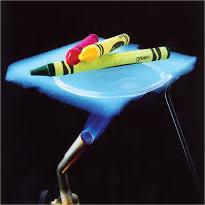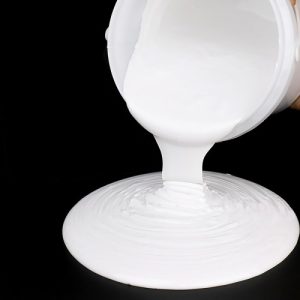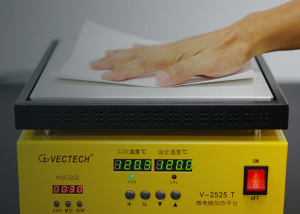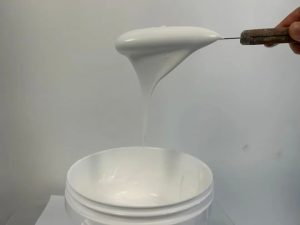Professional industry ceramic supplier, silicon nitride, silicon carbide, aluminum nitride and any other kinds of ceramics.
1. Introduction
When it comes to high-temperature applications, few materials rival the performance of advanced ceramics. Among them, the silicon carbide crucible stands out as a workhorse in metallurgy, glassmaking, semiconductor production, and even artisanal foundries. But not all ceramic crucibles are created equal. While silicon carbide (SiC) dominates many sectors, alternatives like silicon nitride (Si3N4), alumina (Al2O3), and zirconia (ZrO2) offer unique trade-offs. This deep dive compares these materials head-to-head, examining why silicon carbide remains the go-to choice for demanding environments—and where other ceramics might edge ahead.

2. Why Silicon Carbide Crucibles Rule High-Temp Applications
Silicon carbide crucibles are prized for their exceptional thermal conductivity, high melting point (~2,700°C), and outstanding resistance to thermal shock. Unlike traditional clay-graphite crucibles that degrade quickly under repeated heating cycles, SiC maintains structural integrity even during rapid temperature changes. This makes it ideal for melting non-ferrous metals like aluminum, copper, and zinc. Moreover, silicon carbide’s low reactivity with molten metals minimizes contamination—a critical factor in precision casting and lab-scale alloy development.

3. Silicon Carbide vs. Silicon Nitride: Strengths and Trade-offs
While both are advanced ceramics, silicon carbide and silicon nitride serve different niches. Silicon nitride crucibles—often produced by specialized silicon nitride crucible factories—excel in applications requiring extreme fracture toughness and creep resistance at temperatures above 1,400°C. However, they typically cost more and have lower thermal conductivity than SiC. For instance, a custom silicon nitride heat shield might be preferred in aerospace components, but for routine metal melting, the silicon carbide crucible offers better value and performance. Additionally, silicon nitride rings and plates are common in bearings and cutting tools, but rarely replace SiC in bulk melt containment.
4. How Alumina and Zirconia Compare
Alumina (Al2O3) crucibles are widely used due to their chemical inertness and affordability. They’re suitable for melting precious metals or handling aggressive slags, but suffer from poor thermal shock resistance—making them prone to cracking during fast heating or cooling. Zirconia crucibles, especially those stabilized with yttria, offer higher melting points and better corrosion resistance against basic slags, but are brittle and expensive. Neither matches the rugged durability of a silicon carbide crucible in cyclic industrial operations.
5. Beyond Crucibles: The Versatility of Silicon Carbide Ceramics
The utility of silicon carbide extends far beyond crucibles. Its robustness and thermal properties make it ideal for a surprising range of consumer and industrial products. In kitchens, you’ll find silicon carbide ceramic baking dishes, casserole dishes with lids, butter dishes, salad bowls, and even handcrafted dinner plates—all marketed for their oven-to-table durability and aesthetic appeal (including black, white, and blue-white porcelain styles). Industrially, silicon carbide appears as burner nozzles, thermocouple protection tubes, porous ceramic tubes for filtration, and RBSiC (reaction-bonded silicon carbide) tile blocks used in kiln linings. Even plumbing components like silicon carbide ceramic disc taps leverage its wear resistance.
6. Boron Carbide vs. Silicon Carbide: When Hardness Isn’t Everything
Boron carbide (B4C) is harder than silicon carbide and often used in armor and abrasive applications. However, it’s significantly more expensive and less thermally conductive. In crucible contexts, boron carbide’s brittleness and sensitivity to oxidation above 500°C limit its use. Thus, while boron carbide vs silicon carbide debates matter in ballistic protection, SiC remains superior for high-temperature containment and thermal management.
7. Material Selection Guide: Choosing the Right Ceramic
- For frequent metal melting with thermal cycling: silicon carbide crucible
- For ultra-high-purity lab melts with minimal thermal stress: high-purity alumina or zirconia crucibles
- For extreme mechanical load at high temps (non-melting): silicon nitride ceramic components
- For consumer cookware needing oven safety and style: silicon carbide ceramic dinnerware (e.g., baking dishes, ramekins, serving platters)
- For wear-resistant industrial parts: RBSiC silicon carbide tile blocks, bricks, or columns
8. Conclusion
The silicon carbide crucible isn’t just a container—it’s a testament to how advanced ceramics enable modern industry and innovation. While alternatives like silicon nitride, alumina, and zirconia fill important roles, silicon carbide’s unmatched blend of thermal conductivity, strength, and chemical stability keeps it at the forefront. Whether you’re casting bronze in a foundry or baking a pie in a silicon carbide ceramic pie dish, you’re benefiting from the same extraordinary material science. As the high purity silicon nitride powder market and advanced ceramics manufacturing evolve, SiC will likely remain the gold standard for high-heat resilience.
Our Website founded on October 17, 2012, is a high-tech enterprise committed to the research and development, production, processing, sales and technical services of ceramic relative materials such as Silicon. Our products includes but not limited to Boron Carbide Ceramic Products, Boron Nitride Ceramic Products, Silicon Carbide Ceramic Products, Silicon Nitride Ceramic Products, Zirconium Dioxide Ceramic Products, etc. If you are interested, please feel free to contact us.




